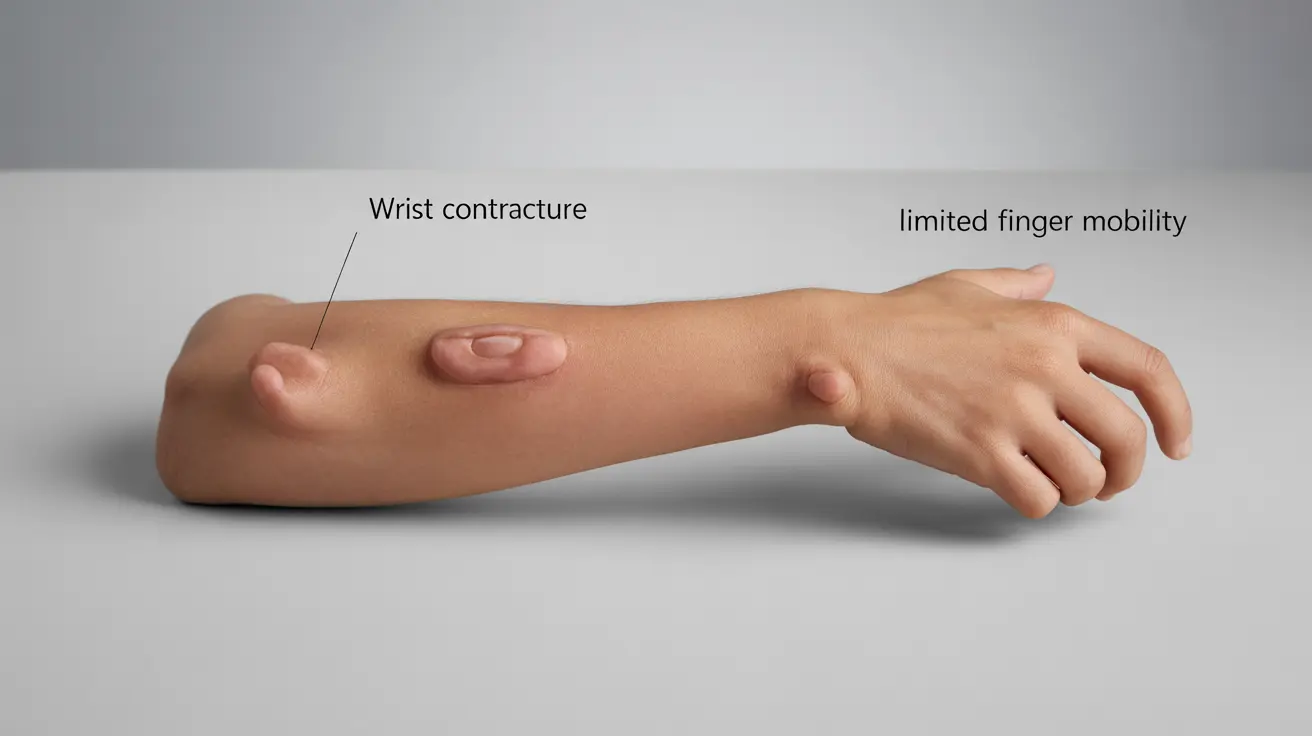Arthrogryposis is a complex congenital condition that affects joint movement and muscle development from birth. For many families receiving this diagnosis, understanding the life expectancy and long-term outlook is crucial for planning and providing the best possible care. While the condition presents various challenges, many individuals with arthrogryposis can lead fulfilling lives with proper support and treatment.
What is Arthrogryposis?
Arthrogryposis, also known as arthrogryposis multiplex congenita (AMC), is characterized by joint contractures present at birth that affect two or more areas of the body. This condition impacts the way joints develop before birth, leading to limited movement and potential muscle weakness. Understanding the condition is essential for managing its effects and optimizing quality of life.
Life Expectancy and Prognosis
The life expectancy for individuals with arthrogryposis varies significantly depending on several factors. Most people with the condition who receive appropriate medical care can have a normal or near-normal life span, particularly when the condition is isolated and doesn't involve other major organ systems.
Factors Affecting Life Expectancy
Several key factors influence the prognosis and life expectancy of individuals with arthrogryposis:
- Severity of joint involvement
- Presence of respiratory complications
- Associated medical conditions
- Access to early intervention and ongoing care
- Quality of medical management
Impact on Daily Life and Movement
Arthrogryposis affects individuals differently, with varying degrees of joint involvement and muscle weakness. The condition primarily impacts:
- Joint mobility and flexibility
- Muscle strength and development
- Daily activities and self-care abilities
- Physical independence
Treatment Options and Management
Early intervention is crucial for improving outcomes in arthrogryposis. A comprehensive treatment approach typically includes:
- Physical therapy and occupational therapy
- Orthopedic interventions
- Assistive devices and mobility aids
- Surgery when necessary
- Specialized exercise programs
Living Successfully with Arthrogryposis
Many individuals with arthrogryposis lead independent and successful lives. With appropriate support and adaptations, they can:
- Pursue education and career goals
- Maintain social relationships
- Participate in various activities and hobbies
- Develop strategies for independence
Frequently Asked Questions
What is the typical life expectancy for someone diagnosed with arthrogryposis?
The life expectancy for individuals with arthrogryposis typically depends on the severity and type of the condition. Many people with isolated arthrogryposis can have a normal life expectancy, particularly when receiving appropriate medical care and management.
How does arthrogryposis affect joint movement and muscle strength from birth?
Arthrogryposis causes joint contractures and limited movement from birth, often accompanied by muscle weakness or underdevelopment. This affects the range of motion in multiple joints and can impact various body areas, requiring early intervention for optimal outcomes.
What types of treatments and therapies can improve mobility and quality of life for arthrogryposis patients?
Treatment typically involves a combination of physical therapy, occupational therapy, orthopedic interventions, and sometimes surgery. Early intervention with these treatments can significantly improve mobility and function, enhancing overall quality of life.
Can people with arthrogryposis lead independent and fulfilling adult lives?
Yes, many people with arthrogryposis lead independent and fulfilling lives. With proper support, adaptive techniques, and appropriate medical care, they can pursue education, careers, relationships, and various life goals.
What factors influence the severity of arthrogryposis and its impact on lifespan?
The severity and impact on lifespan are influenced by factors such as the extent of joint involvement, presence of respiratory issues, associated medical conditions, access to early intervention, and quality of ongoing medical care.




